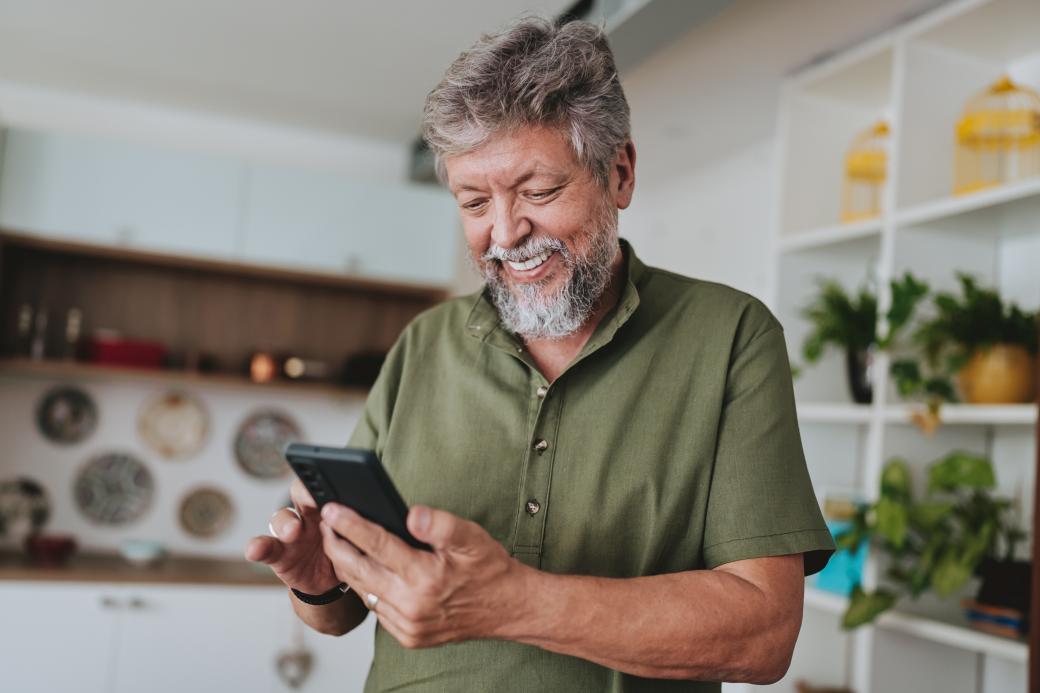
The experts weighed in
We teamed up with industry pros to bust myths and answer your burning cannabis questions. Why? Because the more you know, the more confident you feel in making decisions when it comes to cannabis.
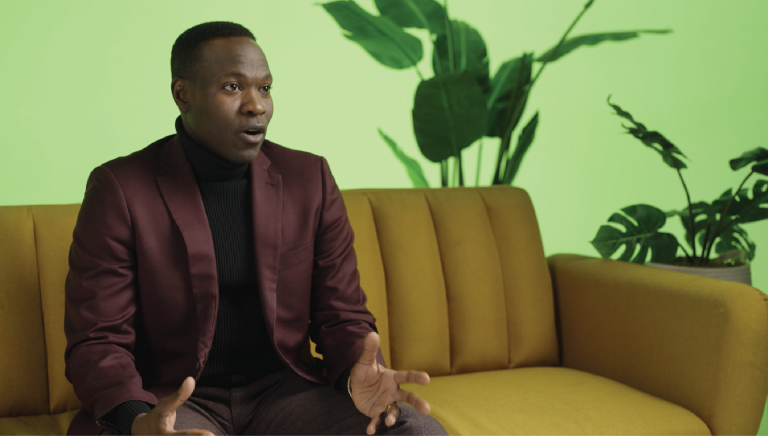
Dr. Ife Abiola, MD – DeMonet
Dr. Ife Abiola is a physician and cannabis science educator, specializing in pain management and cannabinoid therapies. Since 2016, he has been a leading voice in cannabis education, developing accredited programs and speaking internationally on its medical and social impacts. As founder of DeMonet, Dr. Abiola continues to guide healthcare professionals, patients and organizations in the responsible use of cannabis.
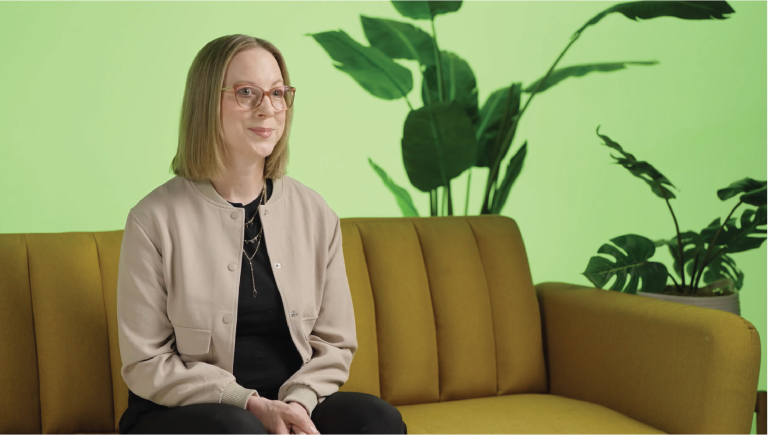
Rebecca Haines-Saah, Ph.D. – University of Calgary
Rebecca Haines-Saah, Ph.D. is a public health sociologist and researcher whose research centers on adolescent and young adult substance use, harm reduction and drug policy reform. With a doctorate in Behavioural Health Science and Addiction Studies from the University of Toronto, she has led projects on youth cannabis use, legalization impacts and family contexts of substance use. Her work emphasizes youth and community engagement through participatory and arts-based methods. Learn more at rebeccasaah.com.

Curtis Gerke, Chief Commercial Officer – Token Naturals
Curtis Gerke is the Chief Commercial Officer at Token Naturals, a licensed producer based in Edmonton, Alberta, dedicated to delivering high-quality, regulated and tested cannabis products to Albertans. With a strong background in the beverage alcohol industry, Curtis brings years of commercial strategy, brand development and market execution experience to the cannabis space. Since 2017, he has helped shape the industry through bold innovation and a collaborative approach, driving Token’s mission to make cannabis more accessible, transparent, and community-focused.
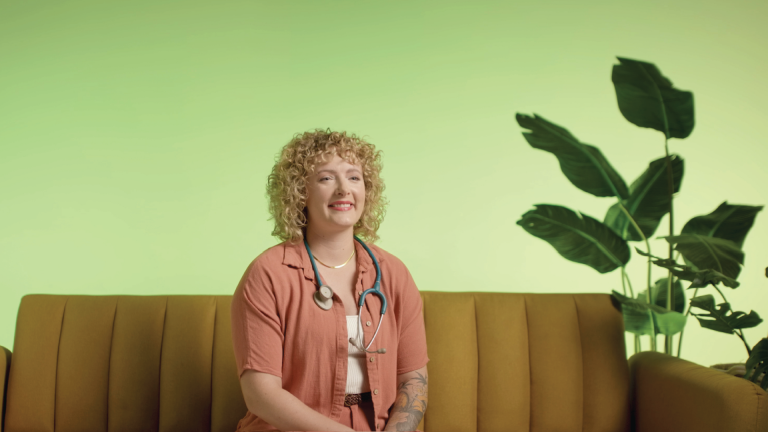
Kala Sanmartin - BScN RN Certified Holistic Cannabis Nurse Coach
Kala is a Registered Nurse with a Bachelor of Science in Nursing (BScN RN, CCHCNC), a certified holistic cannabis nurse coach and co-owner of Vital Holistic Care - a holistic cannabis nursing practice specializing in care for the Endocannabinoid System. Founded in 2021, Vital Holistic Care was born out of a need for compassionate, informed support for individuals navigating the use of cannabis in their healthcare journey.
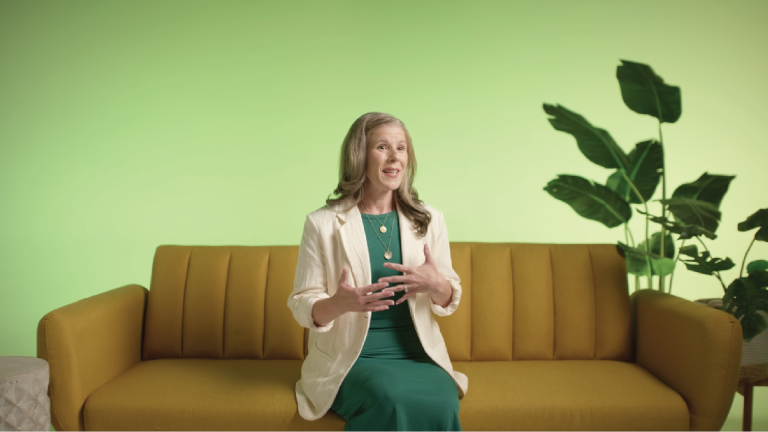
Danielle Matthiessen - CannabisSense Program Specialist, AGLC
Danielle is the CannabisSense Program Specialist at AGLC. She has been working in the Social Responsibility branch for 18 years, with a previous focus on addiction and recovery. Danielle majored in Psychology, with a minor in Sociology and a certificate of professional learning from McMaster University in the Science of Cannabis.
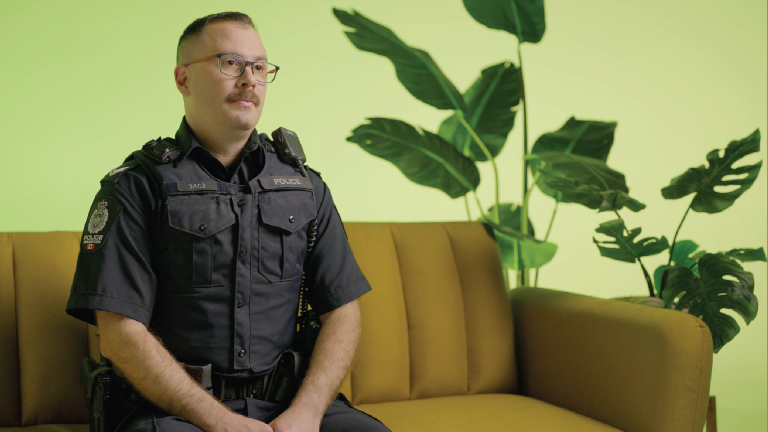
Constable Seth Casemore-Dodman, Edmonton Police Services (EPS)
Constable Seth Dodman-Casemore has been a member of the Edmonton Police Service (EPS) for 13 years. He is an expert in drug and alcohol-impaired investigations and coordinates training for the EPS Impaired Driving Unit. Constable Dodman-Casemore also serves as an instructor for the International Association of Chiefs of Police Drug Recognition Expert and Standardized Field Sobriety Testing programs, and Alberta's alcohol breath testing programs. With his extensive background, Constable Dodman-Casemore emphasizes the crucial difference between legal and illegal cannabis use.